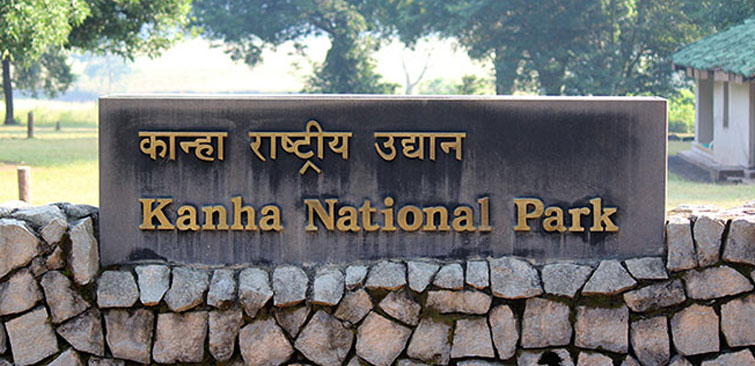
24 Jan, 2018
The Year 2017 for Kanha National Park
Sprawled over a territory of 940 km sq, Kanha National Park is the largest tiger reserve in central India and has always been trending as the best place to witness a rich tiger populace. Like Bengal Tiger, the reserve also boasts a significant population of Indian leopard, sloth bear, Barasingha, wildcat, fox, jackal, and Indian wild dog. The park’s landmark accomplishment is the protection of vulnerable Handground Swamp Deer, which is also known as Barasingha. Apart from this, the reserve has always been in the news for various reasons, mostly positive. Similarly, the year 2017 was all about important events for Kanha National Park. The year began with the introduction of 27 blackbucks which were said to have gone extinct in the park from past one decade. Followed by this, KNP became to be the first ever national park in India to launch its official mascot. Also, Madhya Pradesh CM, Shivraj Chauhan came to invest some of his precious time in the lap of nature and wildlife in the reserve with his wife. The year was quite eventful for Kanha National Park and there were a lot of positive changes in 2017, which we will be discussing in this blog.
Reintroduction of 27 Blackbucks
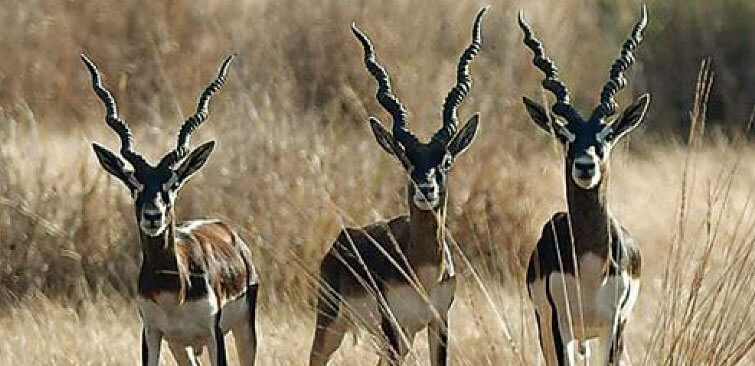
January 2017: The year 2017 for Kanha National Park commenced with a great achievement. In January, the reserve announced successful introduction of 27 blackbucks which were reported to have extinct a decade ago by the forest department. The reintroduction venture was started in 2011, in which, they brought 50 antelopes from Seoni and kept them in a 50-hectare stockade within the reserve. The introduced blackbucks are the posterity of the antelopes of Seoni. During this venture, the 50-hectare of the stockade was partitioned into two areas. On one side, the 25 blackbucks were kept in a separate section where they could also move freely. Initially, most of them tried to return because of their inclination towards home but later on January 12, the authorities noticed that blackbucks acculturated to wildlife as none of them were returning to the stockade.
Rajendra Jhariya, Senior Guide and Naturalist at KNP said that a special team has been appointed to keep a track on the movement of the blackbucks. He explained this whole program as a proud moment for them as the species got extinct after 2005.
KNP became India’s first Wildlife Reserve to have an Official Mascot
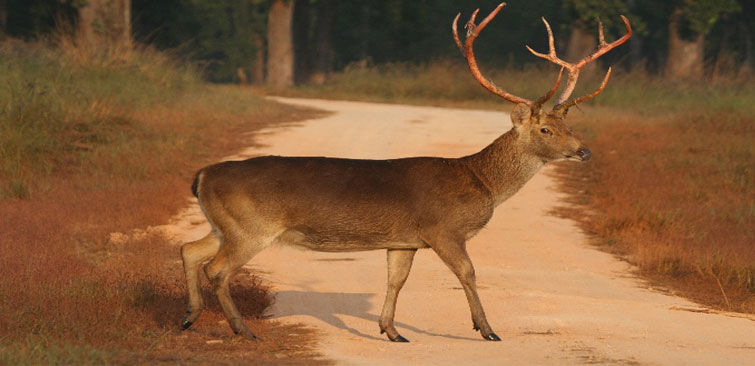
March 2017: In March, Kanha National Park became the first ever wildlife reserve in India which presented its official mascot - Bhoorsingh, the Barasingha. The mascot, which is a Barasingha (swamp deer), represents the Hard-ground Swamp Deer as the spirit of the reserve. Barasingha is the state animal of Madhya Pradesh and is only found in Kanha National Park. Additionally, it also spreads awareness to save these endangered creatures. By the means of mascot, the reserve wants to create a better connection with its guests or general people, especially the youth of our nation. Besides, it’ll also help in creating awareness and making the connection between the young generation and wildlife. The mascot is the artwork of Rohan Chakravarty who is Nagpur’s award-winning cartoonist.
Chief Minister of MP, Shivraj Singh Chauhan visited KNP
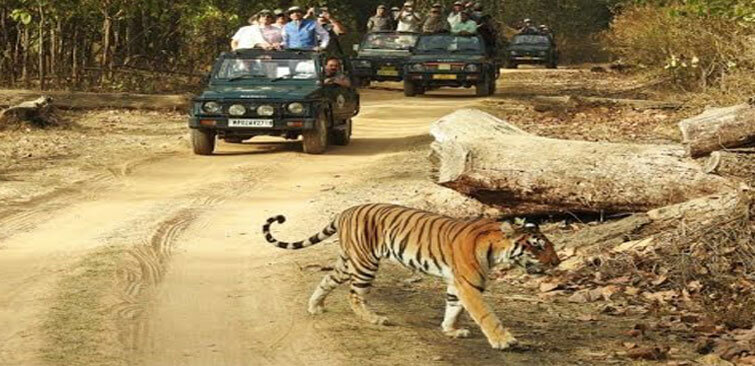
April 2017: Madhya Pradesh CM Shivraj Chauhan along with his wife paid a visit to Kanha National Park in April 2017. He has been reported to have had a wonderful time in the thrilling and scenic ambiance of the reserve. Over the span of their two-day tour, they took two jungle safari rides and saw 11 tigers including the popular big feline of KNP, Munna. On the evening of Saturday, 11 April 2017, CM reached the park on his chopper and without wasting any time went for the jungle safari in Kanha National Park where he spotted three tigers, including the big one, Munna. He enjoyed a stay in Forest Department’s Kisli Guest House. Next morning, he spotted eight tigers including a family consisting of a tigress and her four cubs. CM Chauhan also interacted with the forefront staff and forest guards of the national park and praised by comparing them with the army personnel as most the time they are away from the families. He also requested the field director to make a list of the facilities that Government can offer to the forest staff.
New Sets of Protocols for Kanha National Park for Tiger Security
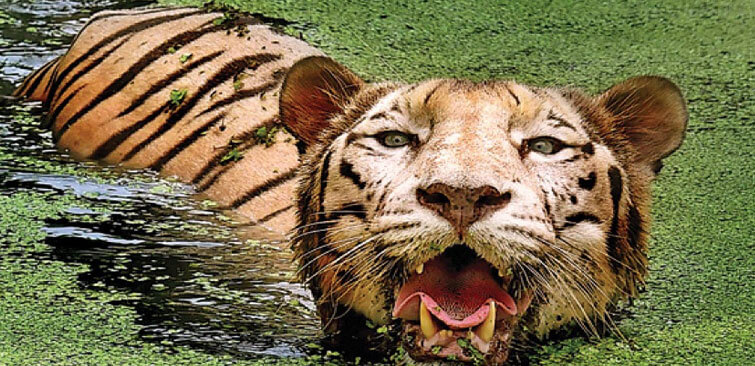
July 2017: National Tiger Conservation Authority (NTCA) on International Tiger Day in July 2017 issued a new set of conventions for KNP and other tiger reserves in India. Under these protocols, tiger reserves along with Kanha National Park will be evaluated for their security readiness to handle poaching and forest protection. The tiger reserves are subjected to make a rundown of the greatest dangers to their assured regions alongside the strength of both trained and untrained staff, patrolling exercises, and luxuries to patrol, under the evaluation process. In the wake of submitting all these details, field evaluation would be the subsequent step to monitor the conventions. NTCA made the autonomous groups who would do the field review to discover any inadequacy in the recently drawn up protocols.
The NTCA study was carried out in KNP along with Satkosia Tiger Reserve to find out the appropriateness of these protocols. As per NTCA, foresters with firearms to battle with poaching would be an essential part of the inspection by the special team. Under the section of CrPC, just a couple of states like Assam and Uttar Pradesh, the guards would have a finite dispensation to tackle poaching. However, many states had requested NTCA to award forest guards a status equivalent to police for battling poachers.
Kanha National Park Welcomed a Female Elephant, Laxmi
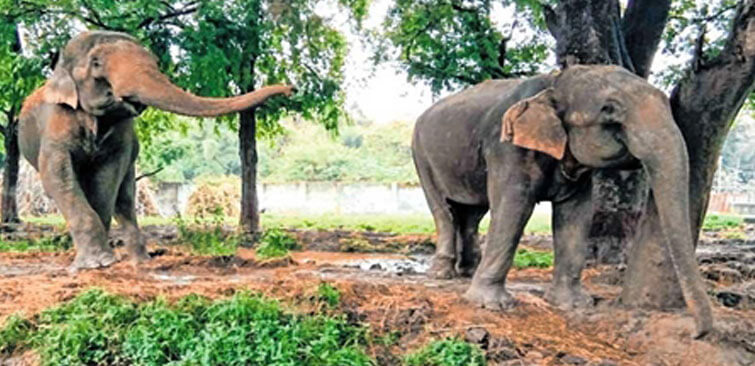
September 2017: In the month of September, KNP welcomed a new member (female elephant), Laxmi in the reserve who was before dwelling in Indore Zoo. On 26 September, Madhya Pradesh High Court gave the orders to hand over the ownership and custody of Laxmi to Kanha National Park. She was found in a loathsome condition couple of years back by an NGO, who fought for Laxmi’s freedom all these days from her owner who did not have the essential documents to keep Laxmi as a pet and could not provide her appropriate care. When Laxmi was under the care of her previous owner, she faced feet impairment because of strolling on the streets, as elephants are not accustomed to walk on human-made streets. Laxmi was likewise experiencing lack of hydration, canker, and turmoil at the time of rescue. Apart all these, over the span of last two years of rescuing, Laxmi had shown a great recuperation. Moti, the long-term partner of Laxmi played an essential role during the whole recuperation time period. Later, the NGO was stressed over Moti and pleaded with the zoo authorities to release her.
KNP’s Forest Officers Arrested Illegal Poacher Traders
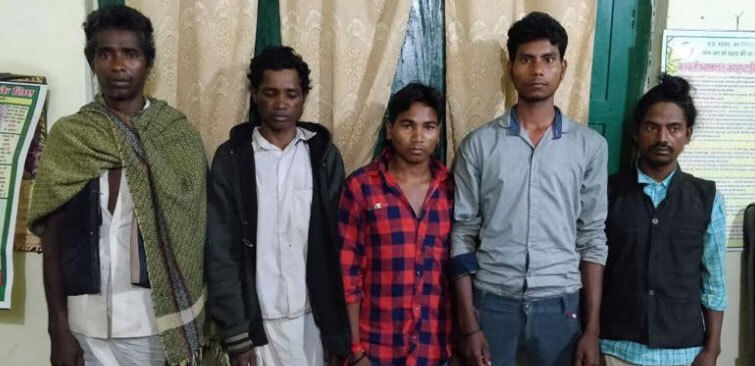
Photo: http://bit.ly/2mZgOtu
October 2017: Kanha National Park’s Forest Officer in October 2017 arrested Chattisgarh based illicit brokers of tiger parts close to the reserve. These traders were searching for a buyer of the tiger parts, particularly a tantric cleric known as Panda who use claws, tooth, paws, bones, and hairs of tiger and leopard in his Tantric rituals to find the location of buried treasure. Kanha official, Sudhir Mishra had acted himself as Panda before one of the dealers. He baited the five traders to have a meeting in the reserve’s buffer zone in Mandla District. Sudhir stated, “he fixed the meeting on a telephone call and when he met them in the buffer zone, the forest authority instantly arrested them. From there, they were sent to the judicial custody by the court." The illegal traders belonged to Baiga and Gonda tribal communities and were carrying four tiger nails and a tooth during this entire episode.
the fruitful events that elicited good news from the reserve. Be it for animal conservation, anti-poaching or spreading awareness about the wildlife conservation, this popular national park in Madhya Pradesh stayed on top to make 2017 a successful year for the wildlife. Truly, KNP is an inspiration for other national parks and sanctuaries in India, and we hope it remains the same forever.

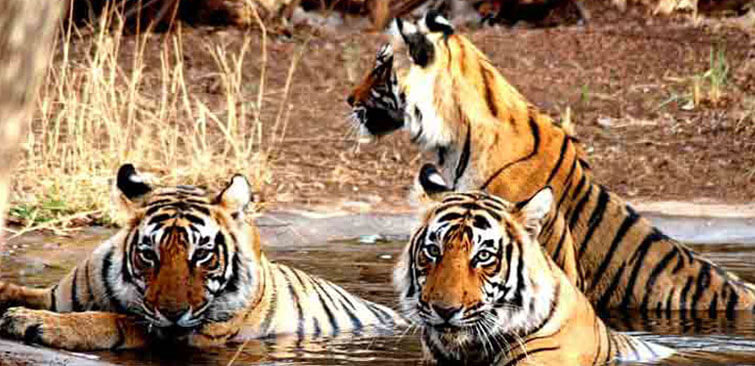
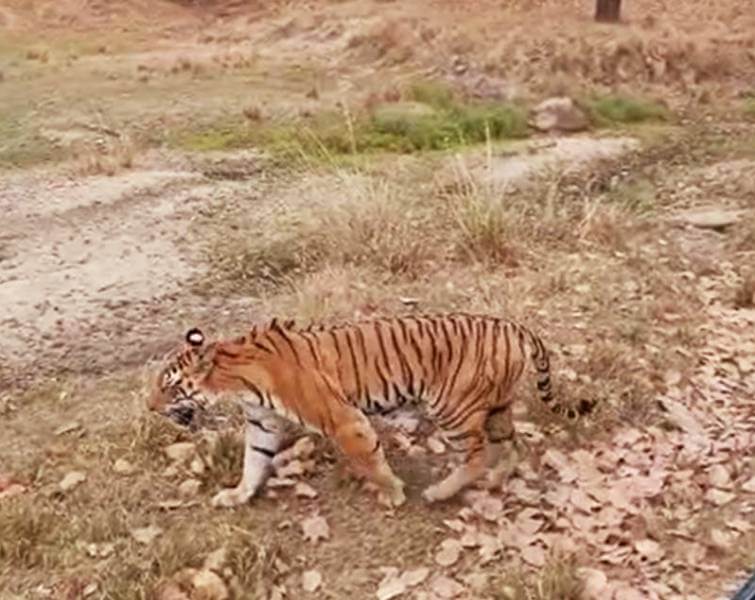
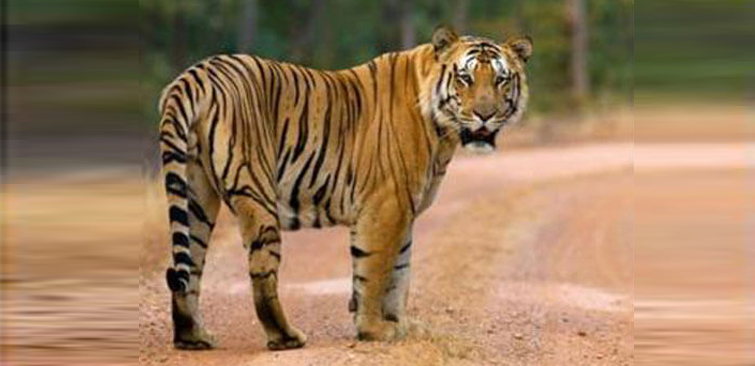
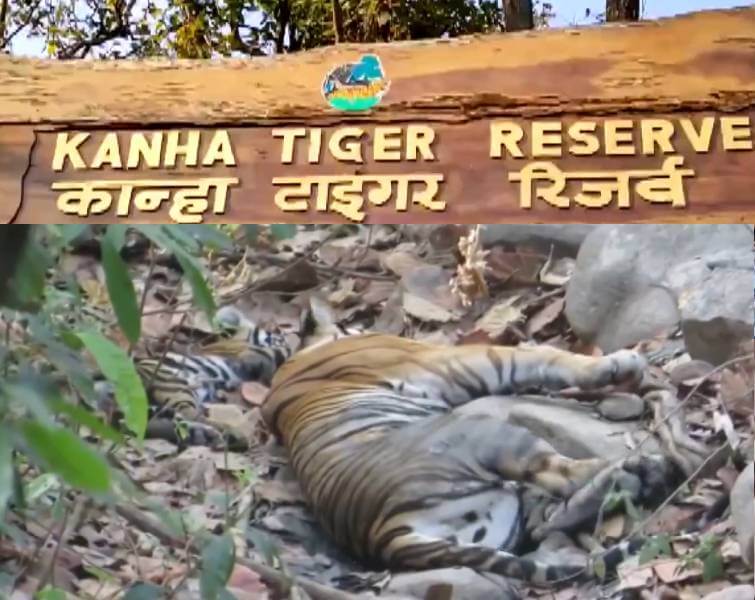
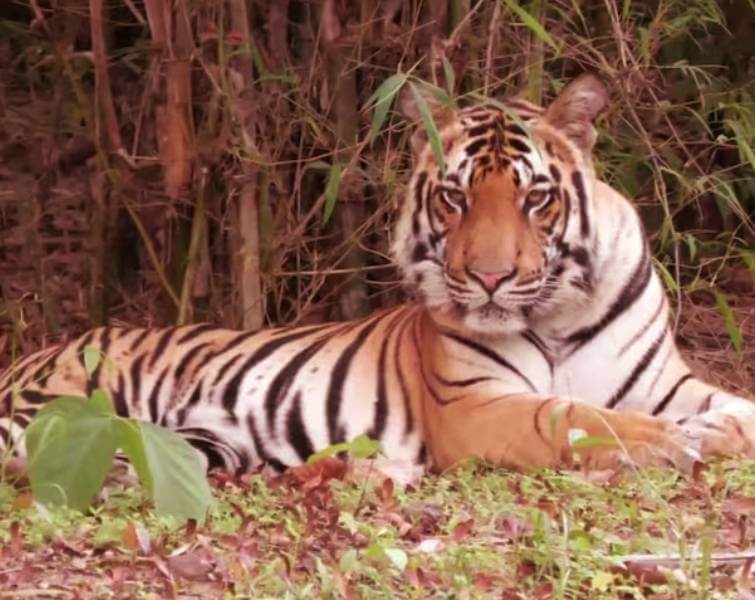





 Share
Share Home
Home Packages
Packages Book Now
Book Now